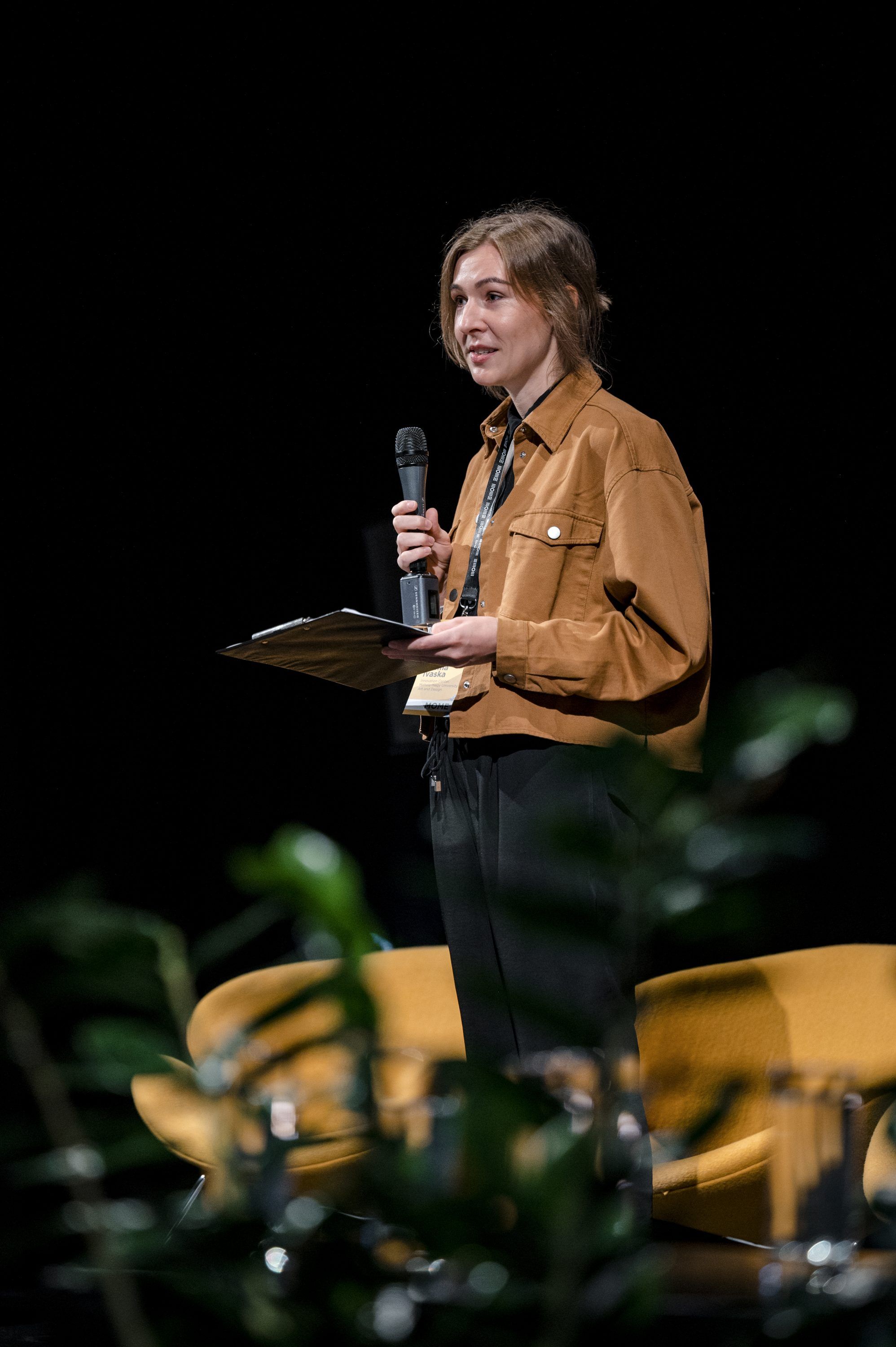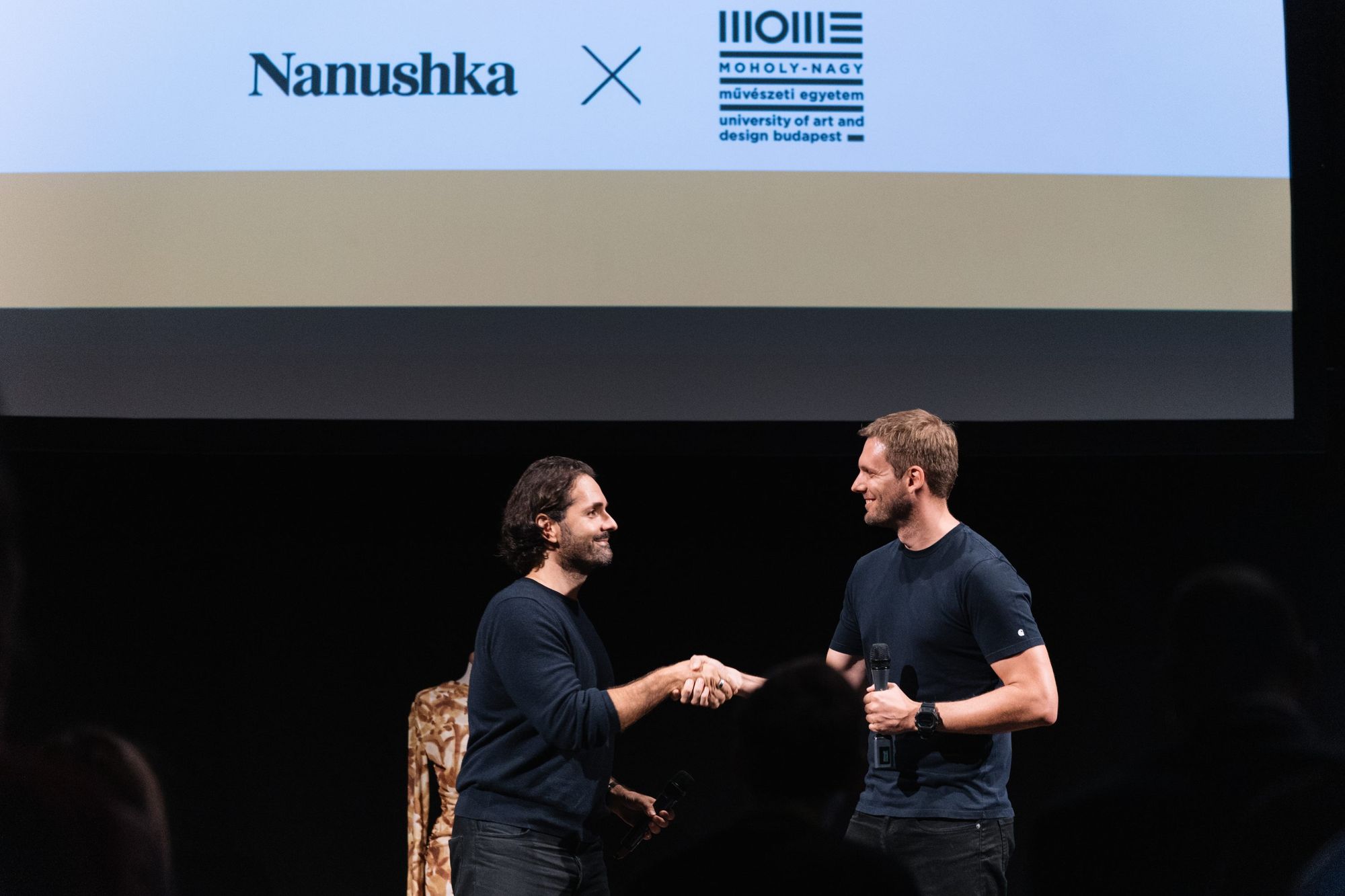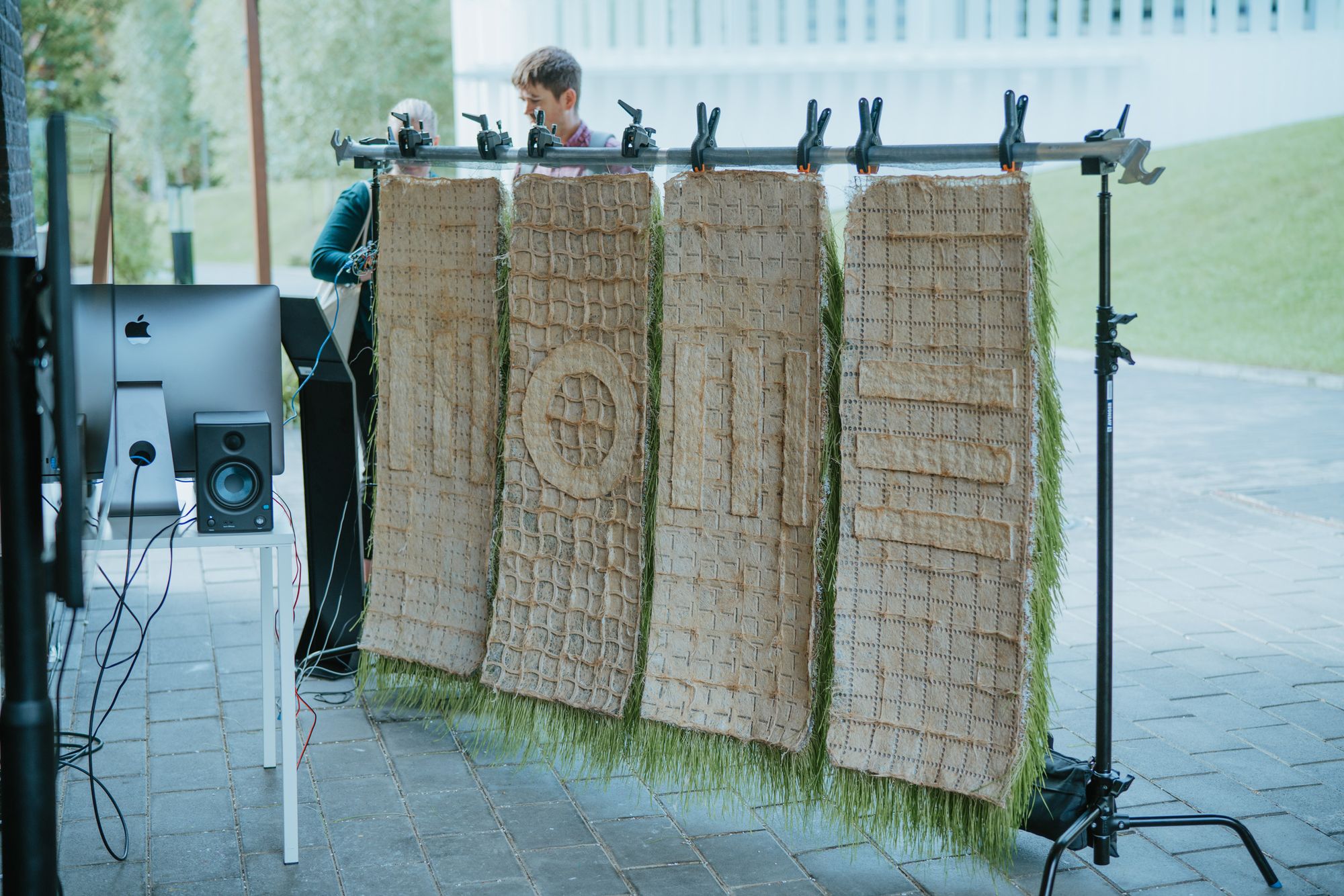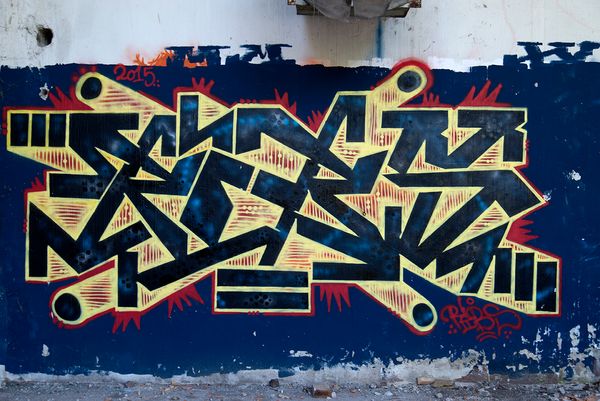What will our clothes be made of and how can we eliminate waste? These are some of the questions tackled by the Moholy-Nagy University of Art and Design (MOME) in Budapest and one of the most successful Hungarian fashion brands, Nanushka. Director of the MOME Innovation Center Lasma Ivaska talked to Hype&Hyper about the partnership.
What are the current research areas at the MOME Innovation Center?
We currently have 5 prioritized fields: material research, data storytelling, interaction & immersion, social design, and sustainable industry. What unites them is our aim to explore how art and design competencies can be used in solving socio-economic and industrial challenges. We are focusing on working with industries that do not actively utilize creative skills and design yet. Even though the fashion industry is highly advanced in design, the waste management industry and all related processes are quite the opposite.

Is MOME expected to do further partnerships with other brands?
Yes, a hundred percent. I’d be happy to see similar strategic partnerships in other fields, as well. It seems that many companies are moving towards open, collaborative innovation, but are struggling to find the right way to implement it. We are eager to find win-win solutions. This was also a priority when we set up a collaboration model with Nanushka and the Conscious Textile Group. I’m very happy that the Nanushka team was willing to embrace a solution that creates value not only for the company, but also for the wider community. Most of the generated research results will be accessible to the whole industry, and the closed part of our cooperation will be designed to provide valuable work experience for our students.
/*<![CDATA[*/ (function () { var scriptURL = 'https://sdks.shopifycdn.com/buy-button/latest/buy-button-storefront.min.js'; if (window.ShopifyBuy) { if (window.ShopifyBuy.UI) { ShopifyBuyInit(); } else { loadScript(); } } else { loadScript(); } function loadScript() { var script = document.createElement('script'); script.async = true; script.src = scriptURL; (document.getElementsByTagName('head')[0] || document.getElementsByTagName('body')[0]).appendChild(script); script.onload = ShopifyBuyInit; } function ShopifyBuyInit() { var client = ShopifyBuy.buildClient({ domain: 'store-hypeandhyper-com.myshopify.com', storefrontAccessToken: 'a2648837d79b3bee07ab8f55268a6c96', }); ShopifyBuy.UI.onReady(client).then(function (ui) { ui.createComponent('product', { id: '6835465060403', node: document.getElementById('product-component-1665056688896'), moneyFormat: '%7B%7Bamount_no_decimals_with_comma_separator%7D%7D%20Ft', options: { "product": { "styles": { "product": { "@media (min-width: 601px)": { "max-width": "100%", "margin-left": "0", "margin-bottom": "50px" }, "text-align": "left" }, "title": { "font-family": "Playfair Display, serif", "font-size": "26px" }, "button": { "font-family": "Montserrat, sans-serif", ":hover": { "background-color": "#000000" }, "background-color": "#000000", ":focus": { "background-color": "#000000" }, "border-radius": "0px", "padding-left": "100px", "padding-right": "100px" }, "price": { "font-size": "18px" }, "compareAt": { "font-size": "15.299999999999999px" }, "unitPrice": { "font-size": "15.299999999999999px" } }, "layout": "horizontal", "contents": { "img": false, "imgWithCarousel": true, "description": true }, "width": "100%", "text": { "button": "Add to cart" }, "googleFonts": [ "Playfair Display", "Montserrat" ] }, "productSet": { "styles": { "products": { "@media (min-width: 601px)": { "margin-left": "-20px" } } } }, "modalProduct": { "contents": { "img": false, "imgWithCarousel": true, "button": false, "buttonWithQuantity": true }, "styles": { "product": { "@media (min-width: 601px)": { "max-width": "100%", "margin-left": "0px", "margin-bottom": "0px" } }, "button": { "font-family": "Montserrat, sans-serif", ":hover": { "background-color": "#000000" }, "background-color": "#000000", ":focus": { "background-color": "#000000" }, "border-radius": "0px", "padding-left": "100px", "padding-right": "100px" }, "title": { "font-family": "Helvetica Neue, sans-serif", "font-weight": "bold", "font-size": "26px", "color": "#4c4c4c" }, "price": { "font-family": "Helvetica Neue, sans-serif", "font-weight": "normal", "font-size": "18px", "color": "#4c4c4c" }, "compareAt": { "font-family": "Helvetica Neue, sans-serif", "font-weight": "normal", "font-size": "15.299999999999999px", "color": "#4c4c4c" }, "unitPrice": { "font-family": "Helvetica Neue, sans-serif", "font-weight": "normal", "font-size": "15.299999999999999px", "color": "#4c4c4c" } }, "googleFonts": [ "Montserrat" ], "text": { "button": "Add to cart" } }, "option": {}, "cart": { "styles": { "button": { "font-family": "Montserrat, sans-serif", ":hover": { "background-color": "#000000" }, "background-color": "#000000", ":focus": { "background-color": "#000000" }, "border-radius": "0px" } }, "text": { "total": "Subtotal", "button": "Checkout" }, "googleFonts": [ "Montserrat" ] }, "toggle": { "styles": { "toggle": { "font-family": "Montserrat, sans-serif", "background-color": "#000000", ":hover": { "background-color": "#000000" }, ":focus": { "background-color": "#000000" } } }, "googleFonts": [ "Montserrat" ] } }, }); }); } })(); /*]]>*/
What does circular economy mean in the fashion industry and why is it important?
The fashion industry is drowning in waste. Less than 85% of textile waste is recycled, and even if this happens, if the material loses its original value, it cannot be circled back into textile manufacturing. A circular economy within fashion would mean that at the very beginning, we think about what happens to the garment at the end of its life. Are we choosing recyclable materials? How do we reduce the waste generated during production and what do we do with it?

What opportunities have now opened up for researchers and students thanks to this cooperation?
Both opportunities are related to textile waste minimization. For researchers, we have launched an application for a 12-month fellowship program. We are looking for proposals on ‘down to fiber’ textile recycling, from fabric breakdown and technology to new sustainable design practices. And for students & alumni, we have developed a special community program to experiment and develop new materials specifically from Nanushka textile waste and deadstock. The participants will start with an exploratory material research and the ideas with the most potential will be selected to proceed to the industrialization phase.
What solutions are expected as a result of the cooperation? Do you prefer new technologies and practices or new sustainable materials?
We are expecting innovations in textile recycling practices as well as the development of new materials. It is also envisioned that the new materials developed within the community program could be featured in future Nanushka fashion collections. In this case, the creator of the material will be entitled to a special financial incentive scheme.
Are there any predictions as to when the monopoly of the wasteful fast fashion culture will end?
I think this journey has already begun in Europe, but it’s a matter of decades, if not lifetimes.

How aware are consumers from a sustainability perspective?
A couple of weeks ago, MOME hosted the Future Materials Conference, and one of the large retail brands revealed their research that showed 90% of customers understand the need for sustainability and its connection to climate change, but only 9% are willing to take action. So, the awareness is there, but the motivation is lacking. Currently, we are mostly using emotional motivation to encourage people to ‘go sustainable’, but this only works in rare cases. I believe that we can achieve great results if we can make the sustainable choice also the most convenient one. For example, in order to get people to repair their clothes and electronics more often, there should be a collection point in every shopping mall or major retail store where they can drop them off and get them back. To encourage people to recycle their textile waste, as in the case of the selective waste islands, there should be sorting facilities in every neighborhood.
What is the payback period for such large-scale developments for a fashion brand?
I’m sure that brands that are now exploring a switch to sustainable practices will win in the long run. The European Commission has recently adopted a new textiles strategy, which imposes a number of new rules for the fashion industry over the next few years. For example, it plans to set a mandatory minimum for the inclusion of recycled fibers in new textiles, develop digital product passports that will give easy access to the environmental characteristics of the product, and introduce a range of new measures on textile waste. I believe this will shake up the players and give a strong push towards circularity within the EU.
Cover photo: Balázs Turós

Unity in Diversity—Latin America with a touch of Hungary, Part I

A Ukrainian photography magazine revives the reality of the 90s










